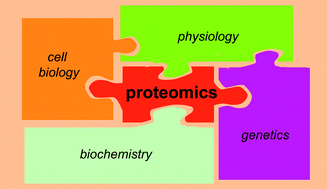To improve recovery, selectivity and reproducibility of SELDI-TOF analyses, we found it necessary to modify manufacturer's recommended protocols on sample and chip preparation. To yield reproducible denaturing conditions we verified concentrations of denaturing, reducing and lipid-solubilizing agents. We improved sorption of molecules of interest and reproducibility of analyses by introducing the preconditioning step and alkaline/acidic elutions for normal phase chips. The ratio that reproducibly decomposed the specimen was urea 9 mol l−1 + DTT 10 mmol l−1 + CHAPS 20 g l−1. For sample denaturation, 100 µl of the fresh mixture was added to 100 µl of the specimen. Our modification of a chip processing increased recovery of the NP20 chip by up to 400% as assessed by total ion current. We obtained the range of mass accuracy of 0.02–0.04% and response precision between 30–40% of m/z+. We observed about 50% peak overlap. To obtain approximately 92% of possible peaks three chip selectivities, IMAC, H50 and normal phase with alkaline wash should be used. The selectivity of the SELDI chips is affected by unspecific interactions of a sample with a chip backbone. The system is compatible with matrix-based biological materials and does not suffer from urea interference and sensitivity to covalently bound alkaline ions. The technique is reasonably suitable for semiquantitative screening in the mammalian low-molecular weight cellular, tissue and plasma proteome.

You have access to this article
 Please wait while we load your content...
Something went wrong. Try again?
Please wait while we load your content...
Something went wrong. Try again?


 Please wait while we load your content...
Please wait while we load your content...